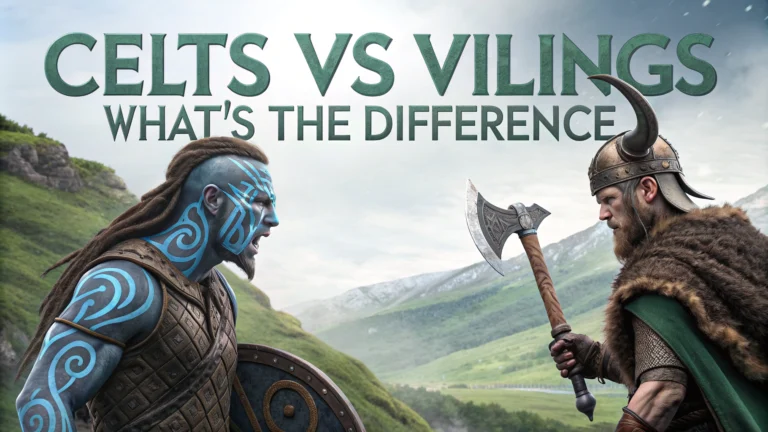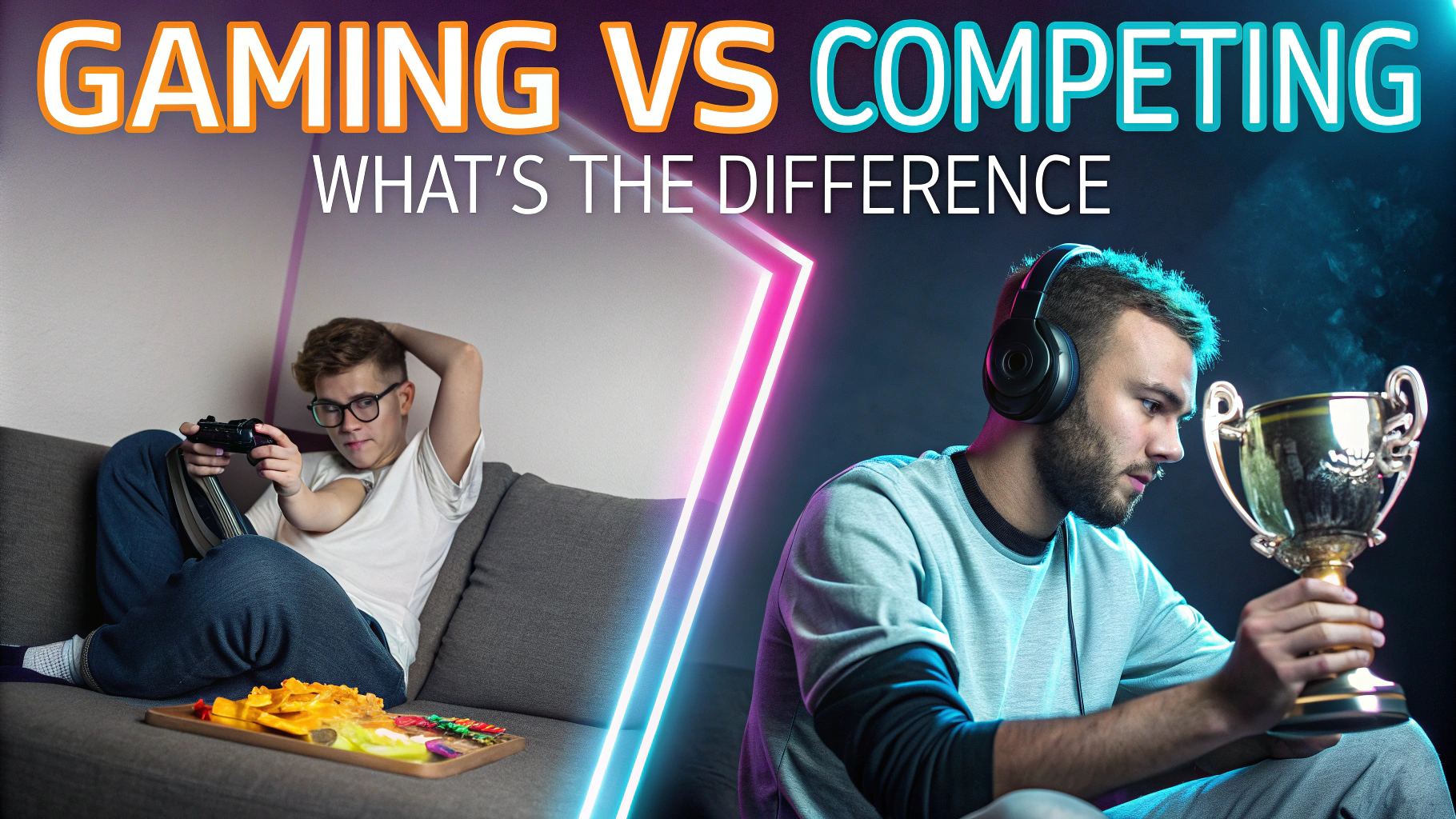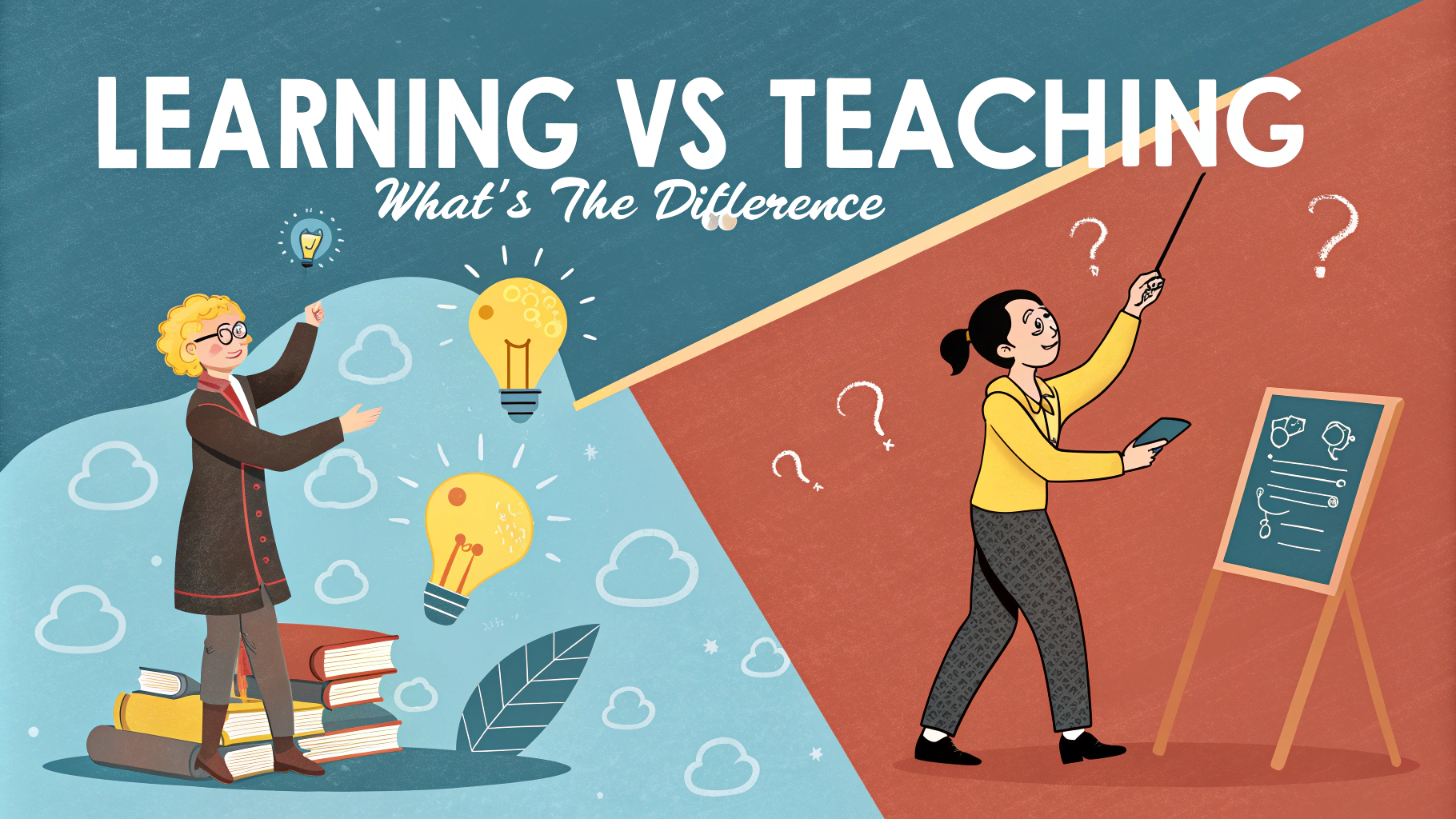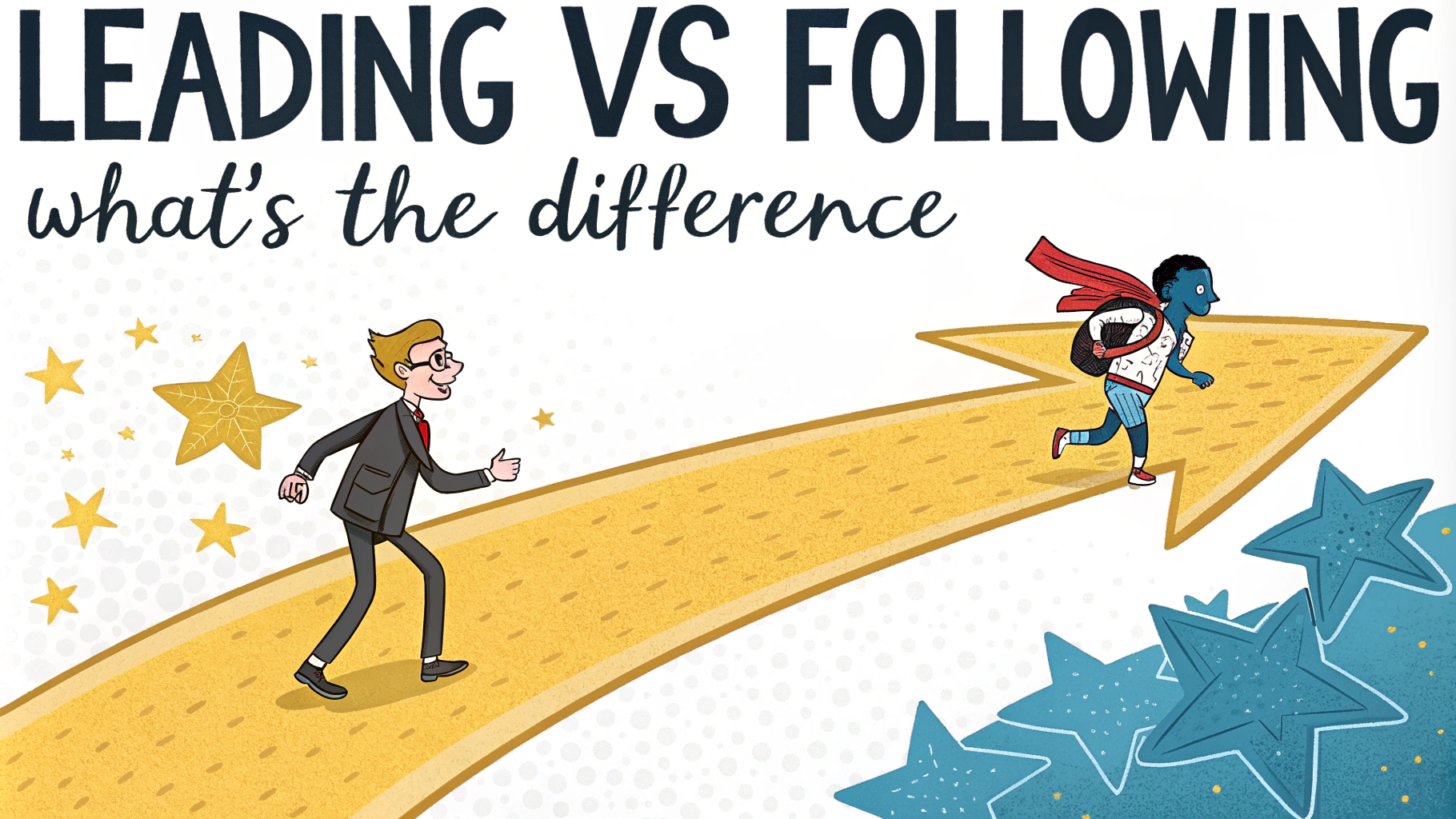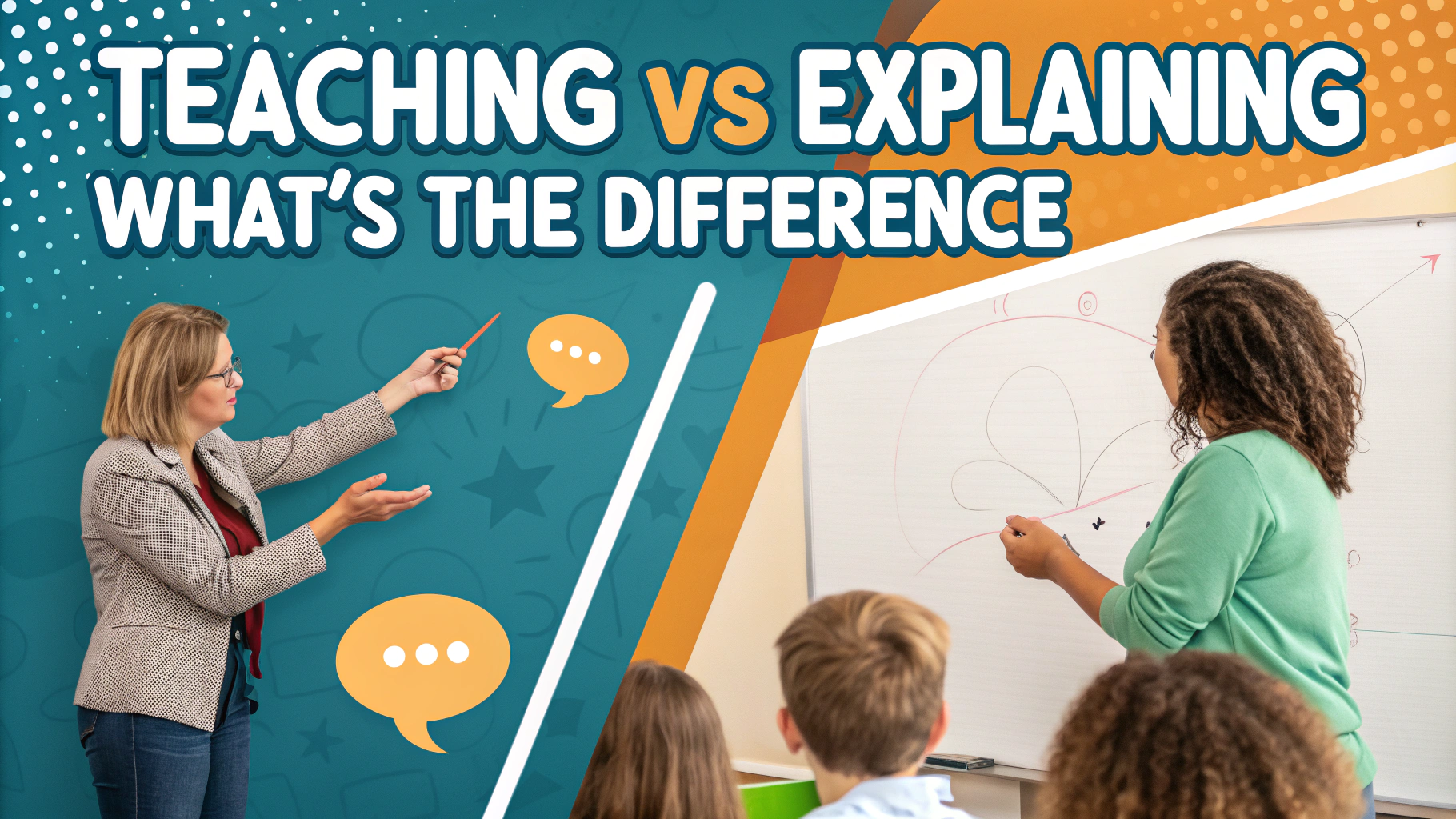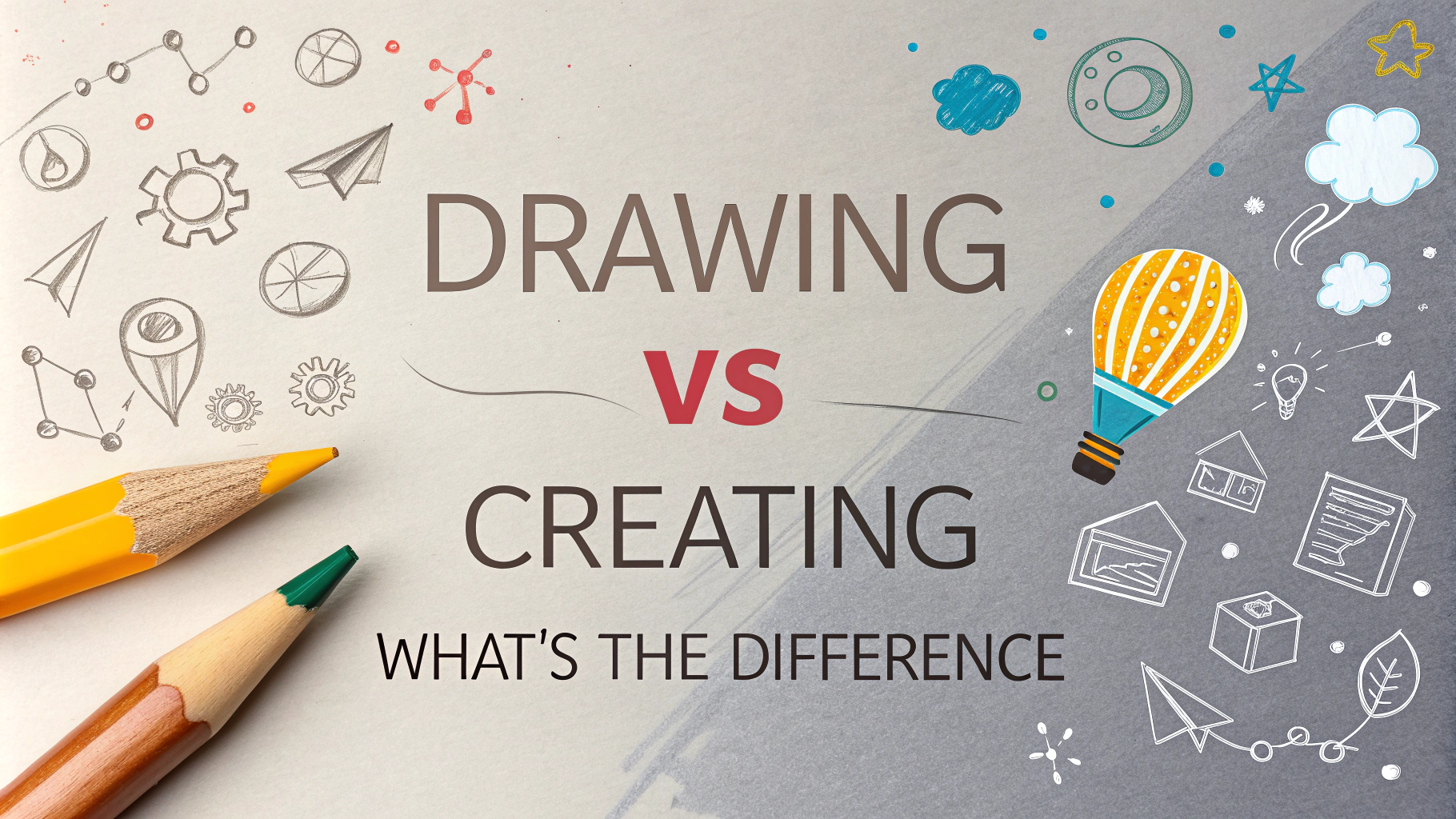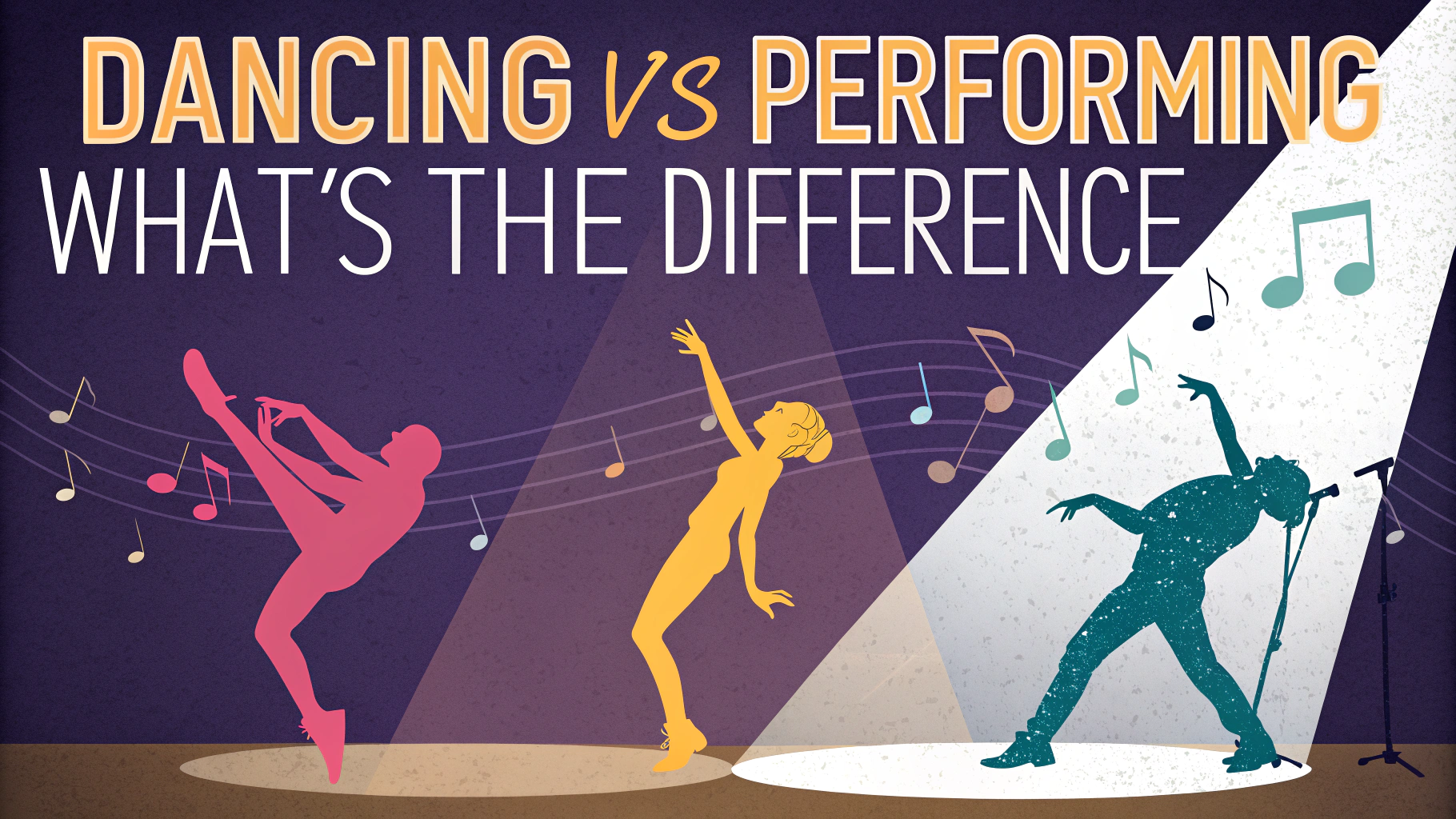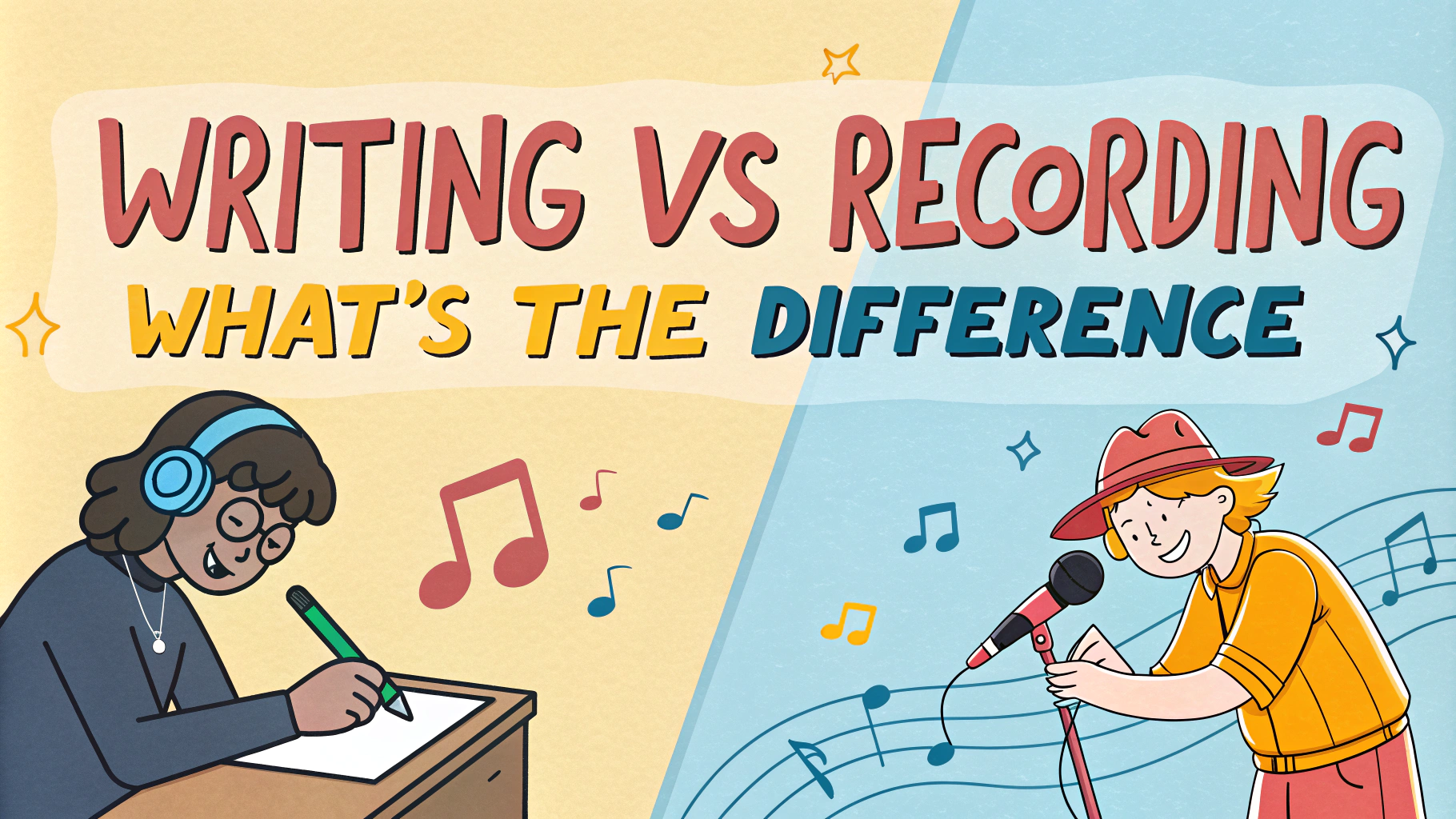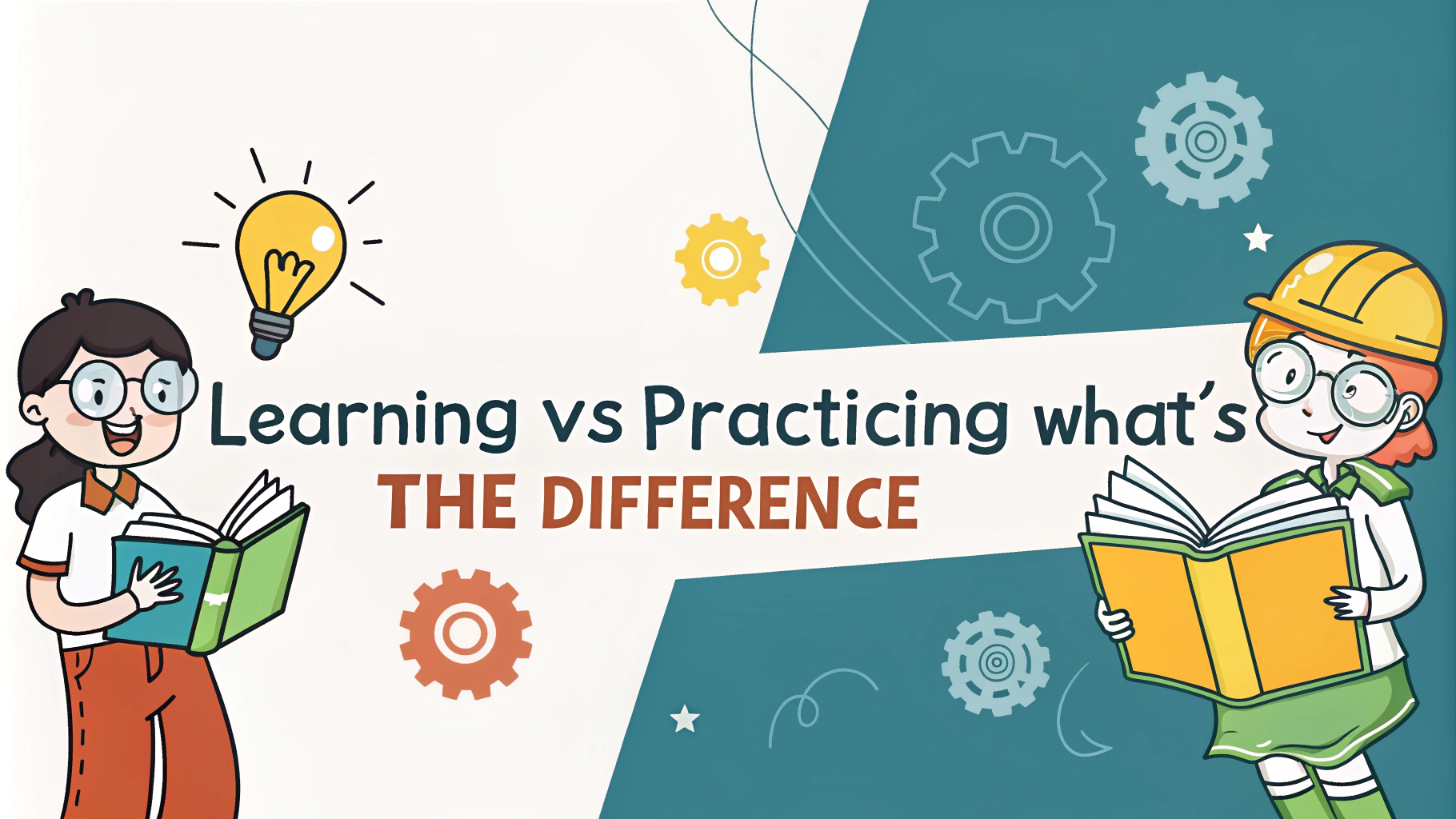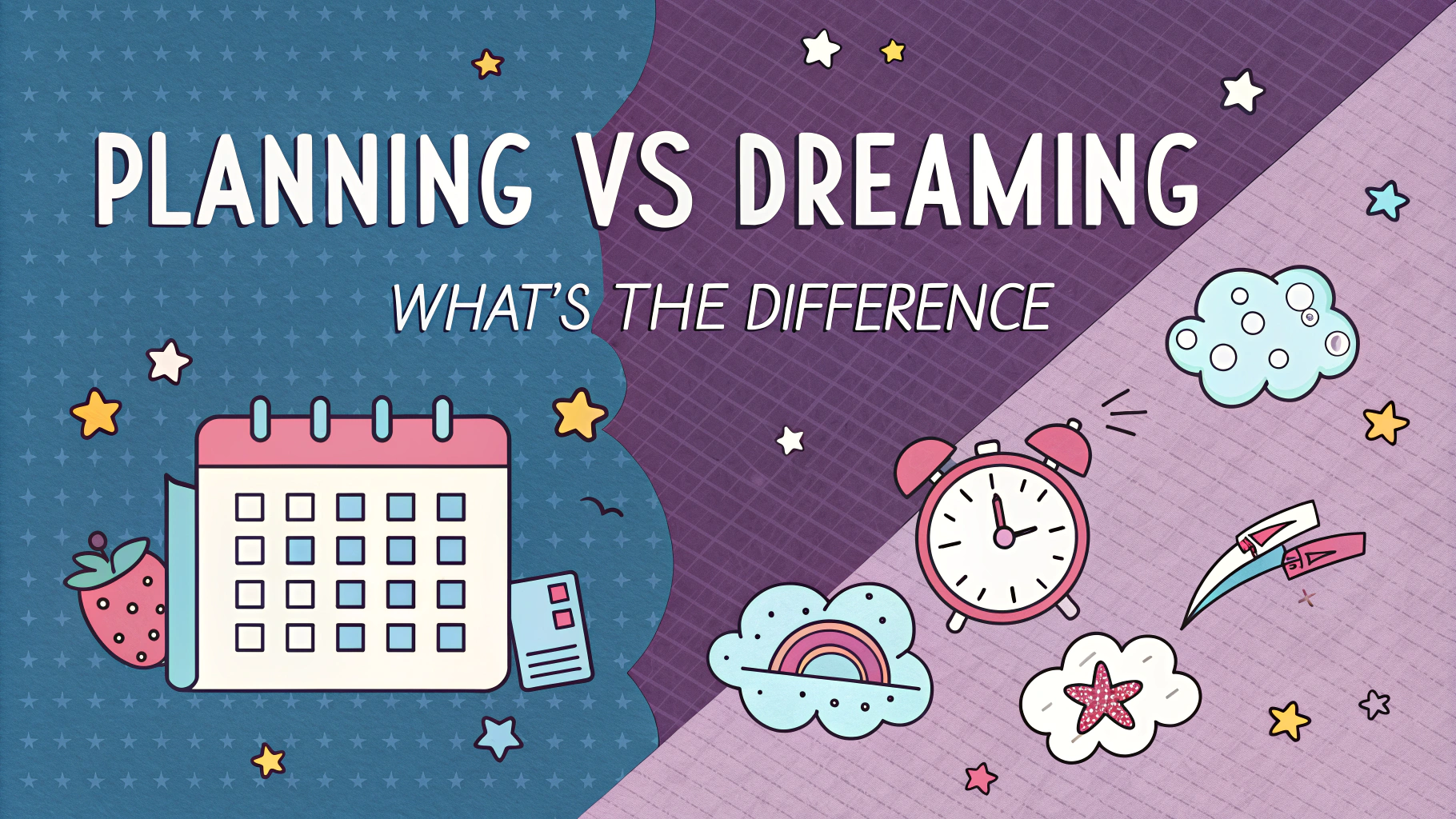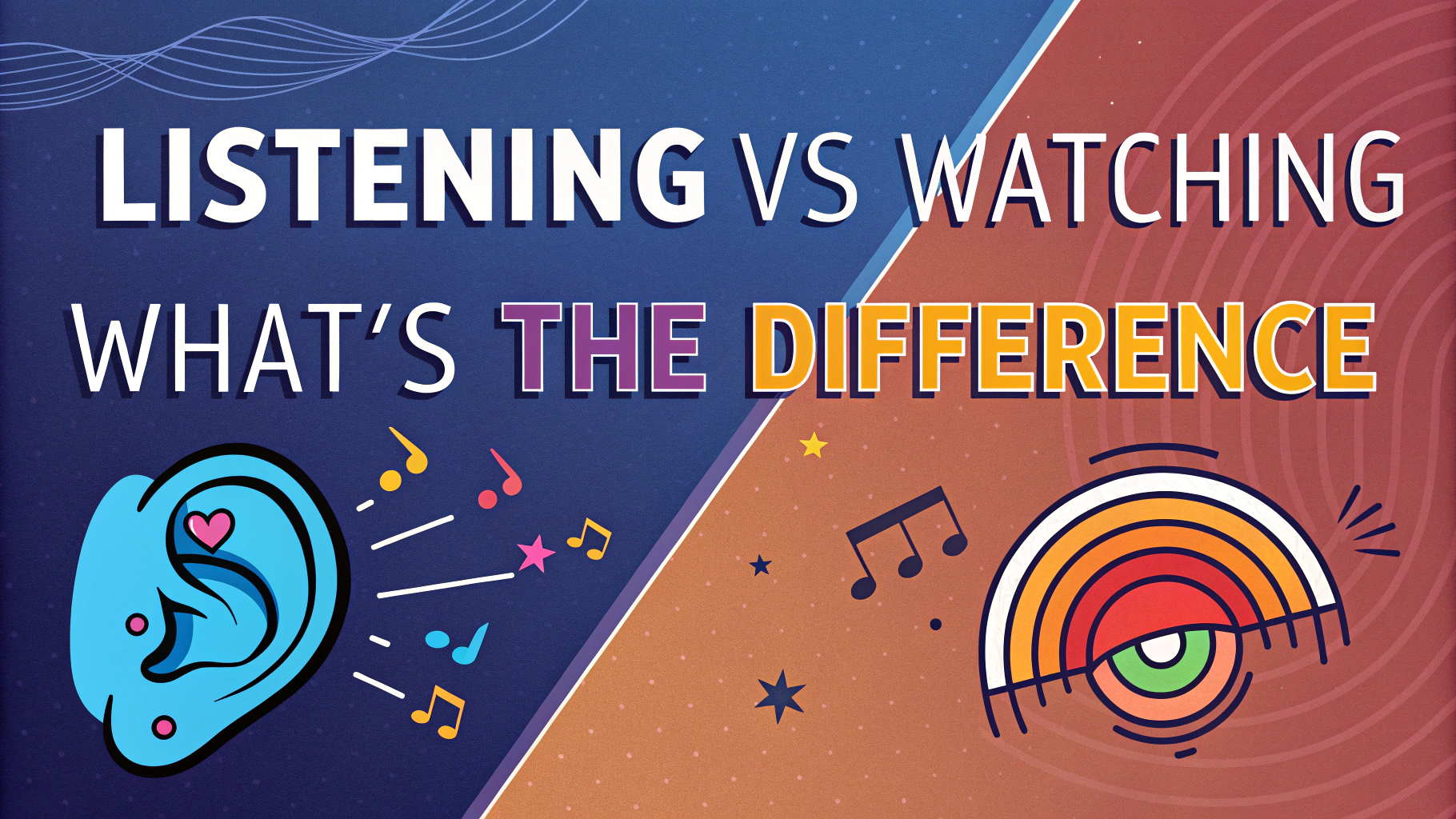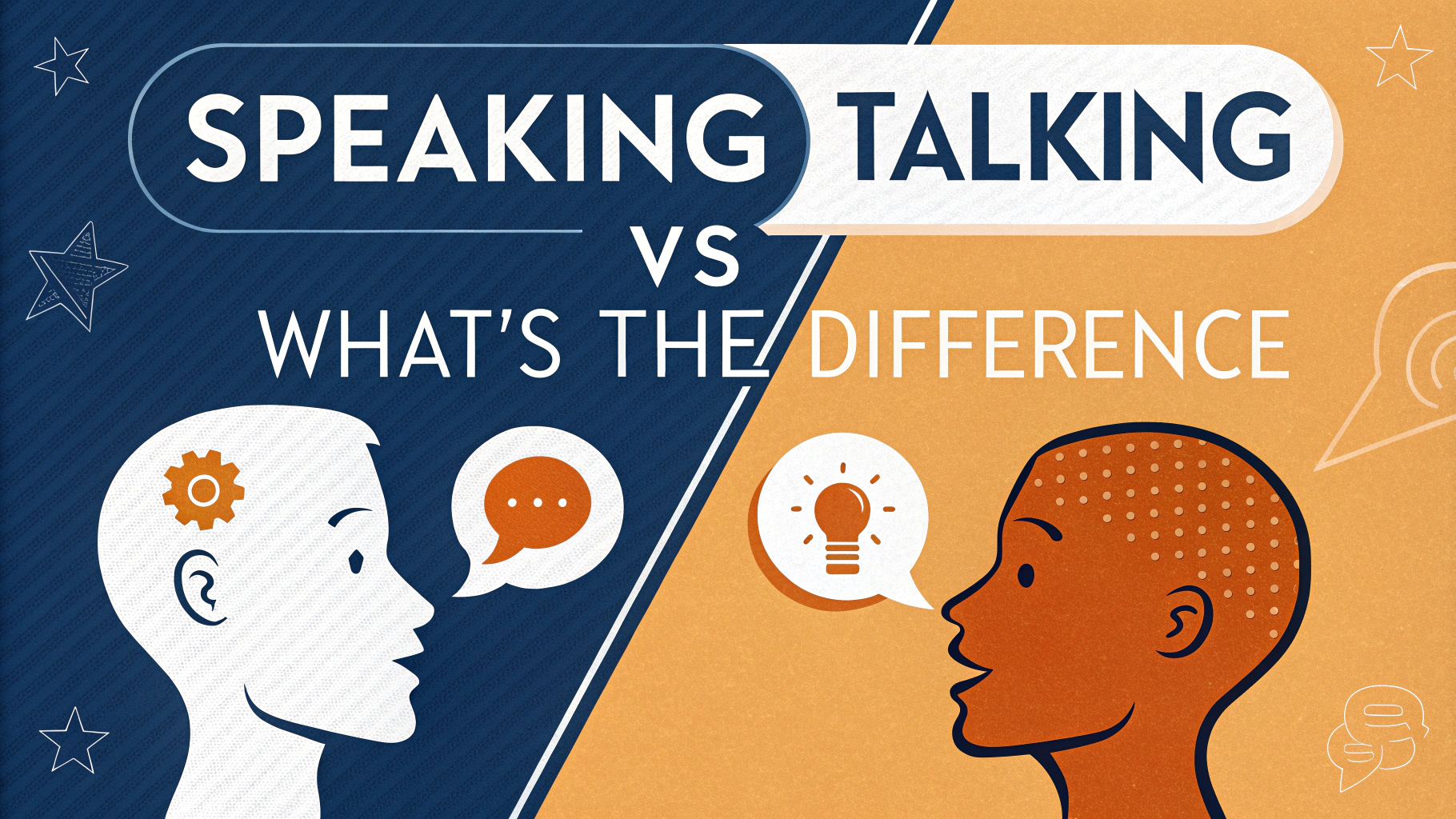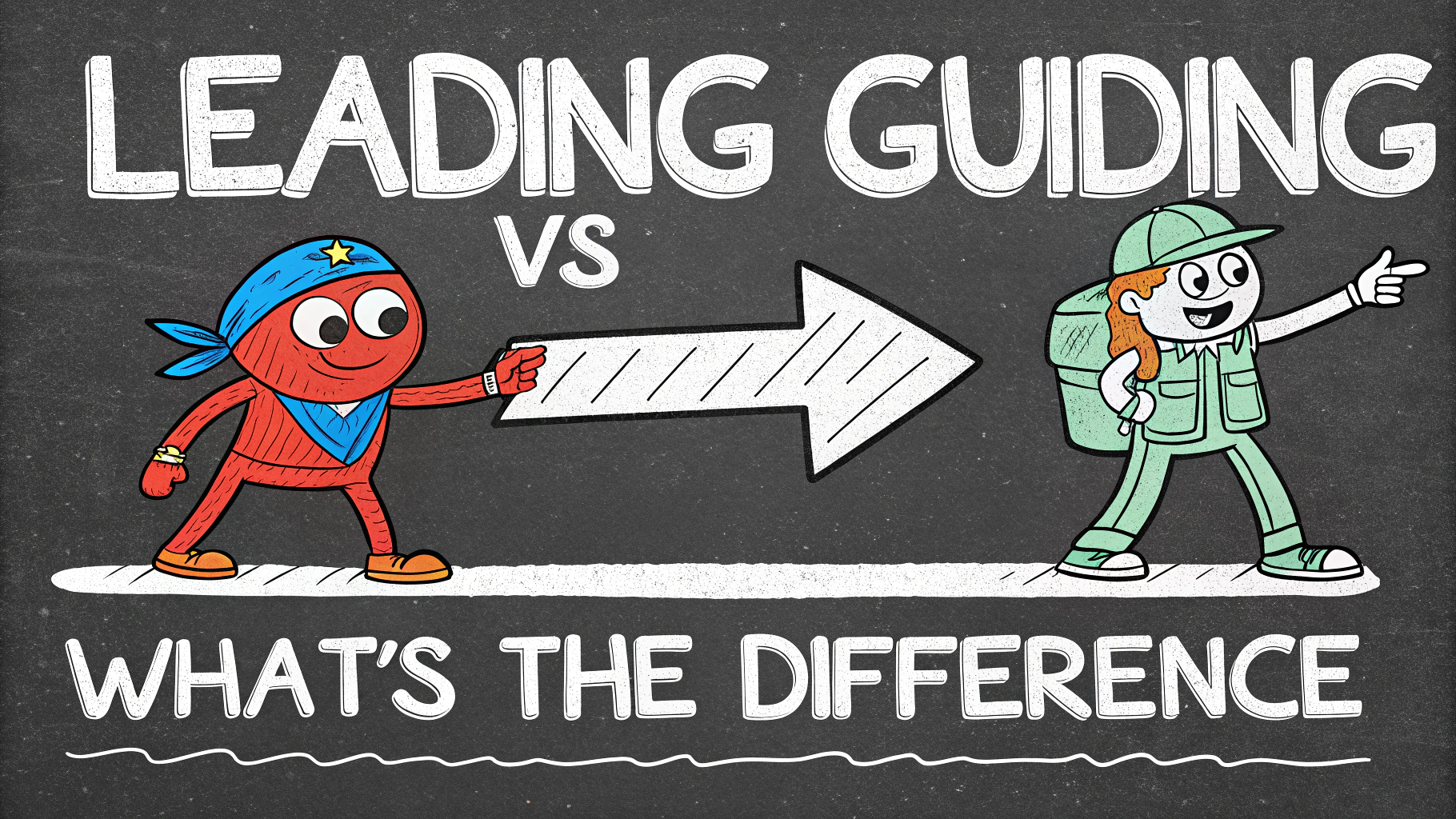The Celts and Vikings, two iconic groups from European history, often spark curiosity and confusion. While both left indelible marks on culture and warfare, they were distinct peoples with unique characteristics.
This article examines the key differences between Celts and Vikings, exploring their origins, cultures, and historical impact. We’ll uncover the misconceptions and highlight the unique attributes that set these fascinating civilizations apart.
Origins and Timeframes
The Celts emerged earlier than the Vikings, with their civilization dating back to around 1200 BCE. They spread across much of Europe, including modern-day France, Spain, and the British Isles.
Vikings, on the other hand, appeared much later, around 793 CE. They hailed from Scandinavia, primarily Norway, Denmark, and Sweden.
Key Differences:
- Time period: Celts (1200 BCE – 100 CE) vs. Vikings (793 CE – 1066 CE)
- Geographic origin: Central Europe vs. Scandinavia
Cultural and Social Structures
Celtic society was organized into tribes led by chieftains, with a strong emphasis on oral traditions and druidic practices. They were known for their intricate artwork and metalworking skills.
Viking culture centered around seafaring and raiding. They had a complex social hierarchy, with jarls (nobles) at the top and thralls (slaves) at the bottom. Norse mythology and sagas played a significant role in their society.
Notable Differences:
- Religion: Druidic polytheism vs. Norse paganism
- Social organization: Tribal vs. Hierarchical
- Art and craftsmanship: La Tène art style vs. Norse animal art
Warfare and Expansion
Celtic warriors were renowned for their ferocity in battle, often fighting naked to intimidate their enemies. They used chariots and excelled in infantry combat.
Vikings were skilled seafarers and raiders, known for their longships and surprise attacks. They expanded their influence through trade, colonization, and conquest, reaching as far as North America.
Key Contrasts:
- Military tactics: Land-based vs. Sea-based
- Weapons: Longswords and spears vs. Axes and round shields
- Expansion method: Gradual migration vs. Rapid raids and settlements
Language and Writing Systems
Celtic languages, including Irish, Scottish Gaelic, and Welsh, are still spoken today. The Celts used the Ogham alphabet for inscriptions, but primarily relied on oral traditions.
Old Norse, the language of the Vikings, evolved into modern Scandinavian languages. Vikings used the runic alphabet for writing, with many runestones still existing today.
Historical Legacy and Modern Influence
The Celts and Vikings left lasting impacts on European culture, language, and genetics. Their influence extends far beyond their historical periods.
Celtic heritage remains strong in Ireland, Scotland, Wales, and Brittany. Celtic languages, music, and art continue to thrive in these regions.
- Celtic influence: Language, music, mythology, art
- Viking legacy: Place names, legal systems, seafaring technology
Viking DNA is prevalent in many European populations, particularly in the British Isles and Normandy. Their seafaring skills and exploration laid the groundwork for future maritime empires.
Myths and Misconceptions
Popular culture often perpetuates inaccurate stereotypes about both Celts and Vikings. It’s important to separate fact from fiction.
Common Myths:
- Celts: All wore kilts, were primitive
- Vikings: Wore horned helmets, were only violent raiders
In reality, both cultures were complex and sophisticated. The Celts had advanced metalworking techniques, while Vikings were skilled traders and settlers.
Recent archaeological discoveries continue to reshape our understanding of these ancient peoples, challenging long-held assumptions.
Archaeological Evidence and Research
Ongoing excavations and scientific analysis provide new insights into Celtic and Viking societies. DNA studies reveal complex migration patterns and genetic mixing.
Key Archaeological Sites:
- Celtic: Hallstatt (Austria), La Tène (Switzerland)
- Viking: Birka (Sweden), L’Anse aux Meadows (Canada)
Advances in technology, such as LiDAR scanning, uncover hidden settlements and structures. These discoveries help piece together a more accurate picture of daily life in Celtic and Viking communities.
Conclusion
The Celts and Vikings, while often lumped together, were distinct cultures with unique characteristics. Their legacies continue to fascinate and influence modern society.
Understanding the differences between these two groups enhances our appreciation of European history and cultural diversity. It also highlights the complexity of ancient civilizations and the dangers of oversimplification.
As research continues, our knowledge of Celts and Vikings evolves. This ongoing journey of discovery reminds us of the rich tapestry of human history and the enduring impact of past civilizations on our present world.
FAQs: Celts vs. Vikings – What’s the Difference?
1. Who were the Celts and Vikings?
The Celts were a group of Indo-European peoples who spread across Europe from 1200 BC to 400 AD. The Vikings were Norse seafarers from Scandinavia who raided, traded, and settled throughout Europe from the late 8th to late 11th centuries.
2. What were the main differences between Celtic and Viking cultures?
Key differences include:
- Origins: Celts from Central Europe, Vikings from Scandinavia
- Time periods: Celts earlier (1200 BC – 400 AD), Vikings later (793 – 1066 AD)
- Religion: Celts polytheistic, Vikings followed Norse mythology
- Warfare: Celts known for chariots, Vikings for longships
3. Did the Celts and Vikings ever fight each other?
Yes, Vikings raided Celtic settlements in Ireland, Scotland, and Britain during the Viking Age. However, there were also instances of trade and cultural exchange between the two groups.
4. What weapons did Celtic warriors use compared to Viking warriors?
Celtic weapons included long swords, spears, and oval shields. Viking weapons typically consisted of axes, short swords, and round shields.
5. How did Celtic and Viking art styles differ?
Celtic art featured intricate knotwork and spiral patterns, while Viking art often incorporated animal motifs and more geometric designs.
6. What languages did the Celts and Vikings speak?
| Celts | Vikings |
|---|---|
| Various Celtic languages (e.g., Gaulish, Brittonic, Goidelic) | Old Norse |
7. Were there any similarities between Celtic and Viking societies?
Both cultures valued warrior prowess, had complex mythologies, and organized their societies around clan or tribal structures.
8. How did Celtic and Viking burial practices compare?
Celts practiced both cremation and inhumation, often burying leaders with valuable goods. Vikings also used both methods, with ship burials being a notable practice for important individuals.
9. What impact did Celtic and Viking cultures have on modern European languages?
Celtic languages influenced place names and vocabulary in parts of Western Europe. Norse influenced English and left a significant mark on Scottish and Irish Gaelic.
10. How did Celtic and Viking trading networks differ?
Celtic trade was primarily land-based and within Europe. Viking trade networks were more extensive, reaching as far as North America and the Middle East, largely due to their advanced shipbuilding.
11. What were the typical Celtic and Viking hairstyles?
Celtic hairstyles often included long hair for both men and women, sometimes with elaborate braids. Viking hairstyles varied, but men often had long hair and beards, with some accounts mentioning partially shaved heads.
12. How did Celtic and Viking attitudes towards women compare?
Both cultures allowed women more rights than many of their contemporaries. Celtic women could own property and lead armies. Viking women could divorce their husbands and inherit property.
13. What were the main Celtic and Viking festivals?
Celtic festivals included Samhain, Imbolc, Beltane, and Lughnasadh. Viking festivals included Yule, Disting, and the Midsummer blót.

